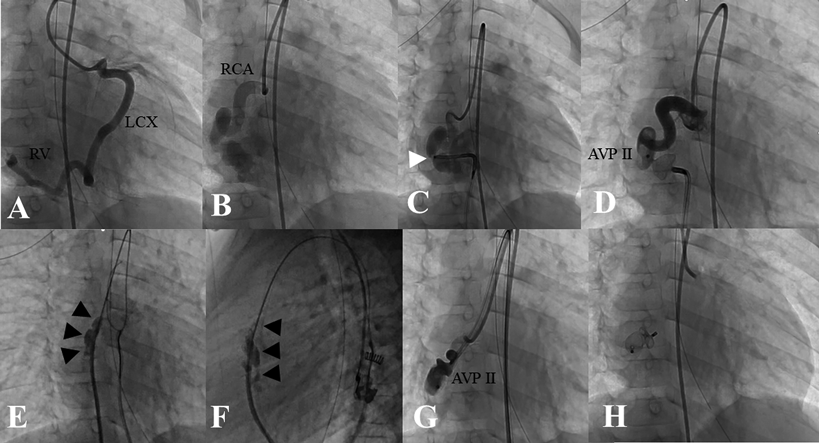経皮的塞栓治療に難渋した両側先天性冠動脈瘻の一例Struggling transcatheter closure of congenital bilateral coronary arteriovenous fistula
1 独立行政法人地域医療推進機構九州病院 小児科Department of Pediatrics, Kyushu Hospital, Japan Community Healthcare Organization ◇ Japan
2 佐賀大学医学部附属病院 小児科Department of Pediatrics, Faculty of Medicine, Saga University ◇ Saga, Japan

